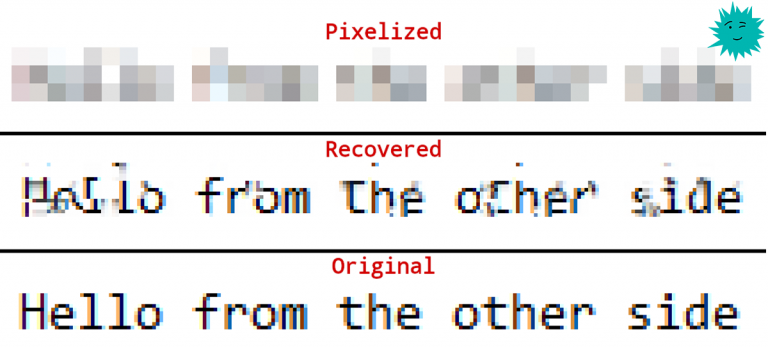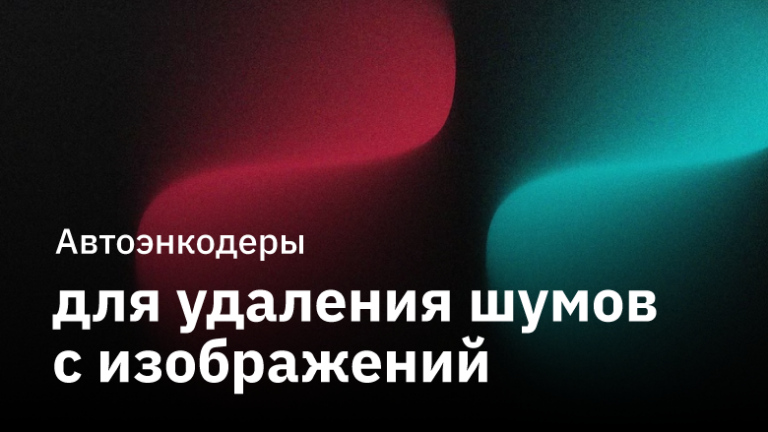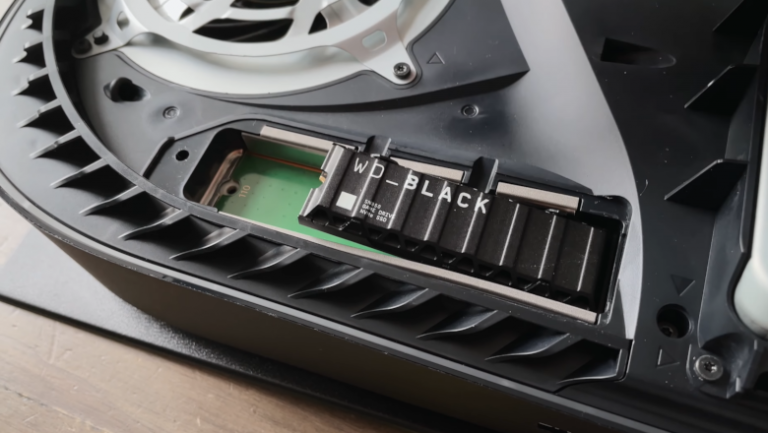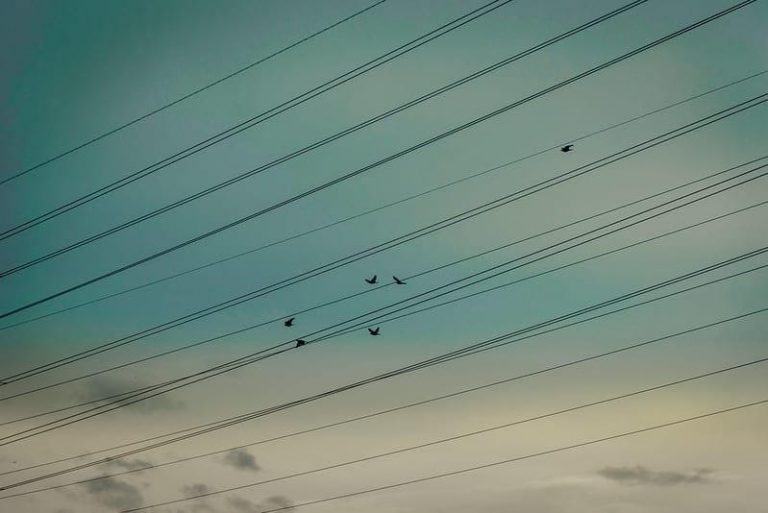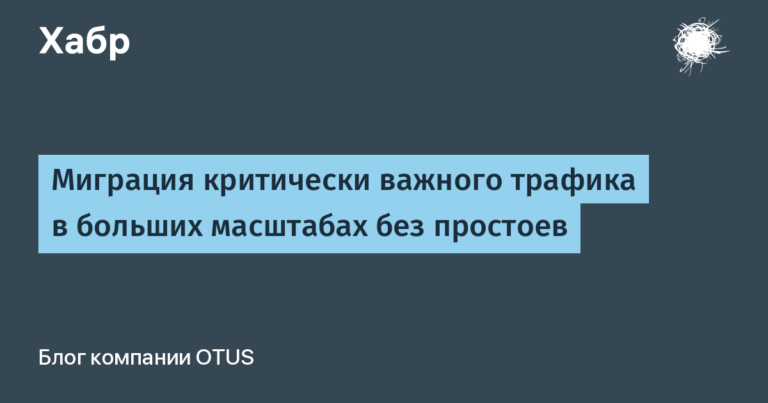How I took off Saturn’s rings on PHONE
This material is a continuation of my first article “How I took pictures of the moons of Jupiter on the PHONE”. Then we were talking about a picture taken on (attention advertising) Huawei P40 Pro Plus.

In the comments to that article, there were both skeptics and optimists. The former called the satellite tracks artifacts, the latter suggested removing the rings of Saturn. To respond to criticism of the former, and experiment with proposing the latter, I decided last Friday to repeat the experiment.
As in the last time, from the additional equipment I only had a tripod with me. But if then I chose shooting parameters at random, not really counting on the result, now at least I knew that I did not need a long exposure for the picture. After just a few attempts, I managed to find the necessary settings, and, as they say, the result is obvious:

Ganymede, Europa and Callisto are easily distinguishable. To check, go to Stellarium.

Unfortunately, the moon of Io again fell into the flare of Jupiter. Apparently, due to its proximity to the planet, it is still unattainable for mobile astrophotography. Nevertheless, the dispute about “artifacts” can be safely closed on this.
By the way, as it turned out, in the previous article, I unintentionally made a mistake. Then I thought that the picture was taken with maximum magnification, but it turned out that it was only 10x! I just forgot by the time of publication what the increase was, and I myself did not believe that such a “liberal” zoom, available to almost everyone today, would be enough. Because of this, the difference in scale between the old and the new image.
With Jupiter sorted out, it’s time to experience the full power of mobile technology and take pictures of Saturn’s rings! As practice has shown, unlike the satellites of Jupiter, which, due to the brightness of the parent planet, can only be viewed with a relatively long exposure, to shoot the rings of Saturn, you need to set the exposure an order of magnitude shorter, otherwise you just get a bright spot.

There are not enough details here, but for a person familiar with astronomy, everything is quite recognizable. Compare with Stellarium again.
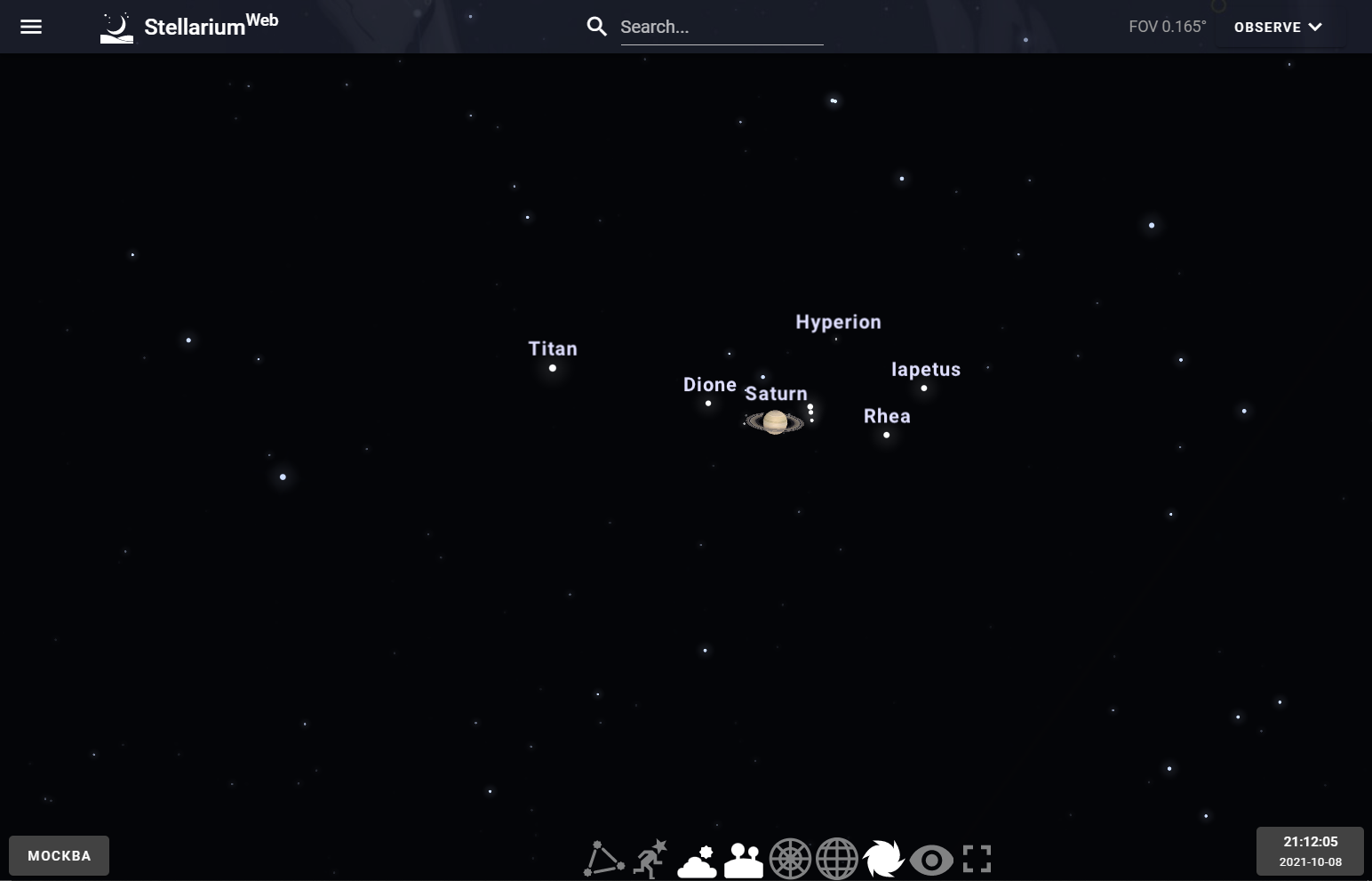
Of course, someone will say that he cannot see the gap between the planet and the rings, or that all this is one big artifact. In order not to waste time on disputes, I leave for everyone who wishes the originals of photos of both Jupiter and Saturn by link
And this is how Saturn and Jupiter look already using a simple telescope for 20k rubles (MAK 90 SP OTA). The pictures were combined from 200 frames (video recording) using the AutoStakkert program.


It is very interesting that some of the readers try to conduct their own experiment and share the results. In the future, I will try to photograph some deep space objects.
UPD:
At first I wrote that Io, unfortunately, cannot be removed in any way, but as it turned out, there is Io in the pictures from 10/09/2021.

Proof.

So it goes.
